
Viceroy is a person who governs a country or province as the delegate of his sovereign or king and who is authorized to act in the monarch name. It is a ruler executing authority in a community on behalf of a sovereign.
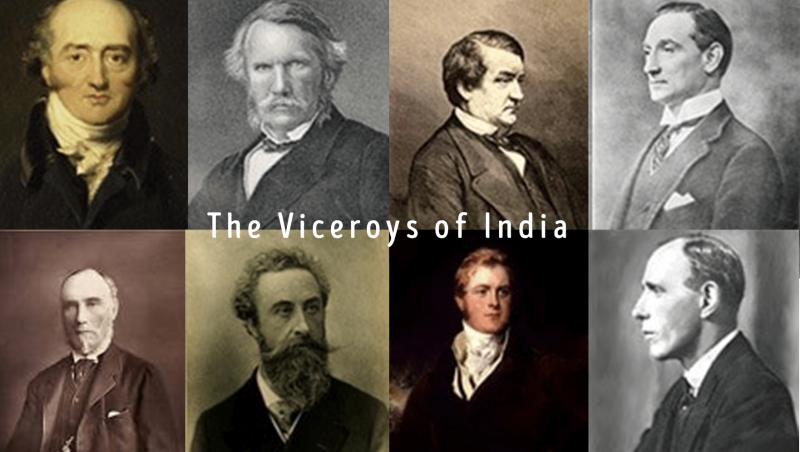
Viceroy is designated to rule a country or province. It is the person who symbolizes a king or queen and rules for him or her in another country.
This person functions on behalf of the ruler and portrays him in front of the province. The Viceroy in India was formerly called as Governor-General.
Formation of the Viceroy OR the Governor-General
The commission of the viceroy (Governor-General) was inducted after the Regulating act of 1773.After the impersonation of the Government of India Act of 1858 the title of the post of Governor General of India was amended to Viceroy of India who was a diplomat of the British Sovereign.
Removal of the title of Viceroy
At the point of independence in 1947, the name of viceroy was abolished. Once again the delegate of the British Sovereign became known as the Governor-General. The name of viceroy was declined when British India split into the two independent territories of India and Pakistan, but the office of governor-general remained to exist in each country individually—until they embraced sovereign constitutions
List of Viceroys
Lord Canning (1856-1862)
He was the last Governor General and the prime Viceroy of India. During his occupancy, the Government of India Act, 1858 was passed which created the office of Viceroy.

The significant events during his tenure include – the Mutiny of 1857, which he was able to defeat successfully, Passing of Indian Councils Act, 1861 which introduced collection system in India, abandonment of “Doctrine of Lapse”
Lord Elgin (1862-1863)
He became viceroy of India in 1862 but in the very next year, he died in Dharamsala of a heart attack.
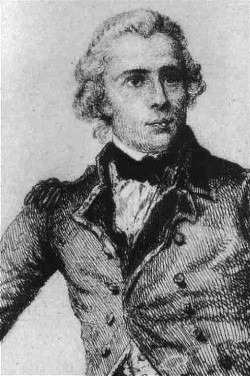
He had previously served as Governor of Jamaica from 1842 to 1847 and the Governor General of Canada from 1847 to 1854.
Lord Lawrence (1864-1869)
The notable events during his tenure include: Telegraphic communication was initiated with Europe, High Courts were built at Calcutta, Bombay, and Madras in 1865, Developed canal works and railways, Designed the Indian Forest Department.
In the second Anglo Sikh War, he was elected as the member of the Punjab Board of Administration and was recognized as the Savior of Punjab.
Lord Mayo (1869-1872)
He served as 4th Viceroy of India.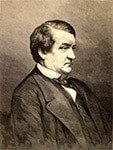
The significant events during his tenure involve: Endowment of the Rajkot college at Kathiawar and Mayo College at Ajmer for the Indian princes, the census was held in 1871, the process of financial decentralization started, Organization the Statistical Survey of India was initiated.
Lord Northbrook (1872-1876)
He served as 5th Viceroy of India.
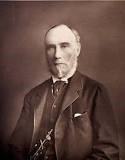
The big events during his tenure include Declaration of Gaikwad of Baroda in 1875, stay of Prince of Wales, Famine in Bihar and Kuka Movement in Punjab.
Lord Lytton (1876-1880)
He worked as 6th Viceroy of India.
The significant events during his tenure hold: Vernacular press Act was enacted in 1878, Organization the Grand ‘Delhi Durbar’ in 1877 to decorate Queen Victoria with the title of ‘Kaiser I Hind’, Arms act (1878) made it obligatory for Indians to acquire a license for arms.
Lord Rippon (1880-1884)
He toiled as 7th Viceroy of India.
The important events during his tenure include: initial Factory act was passed during his time in 1881, it outlawed the child labour, Progressed the liberty Bill (1883), Improved the local self-government act (1882)
Lord Dufferin
He served as 8th Viceroy of India.The major events during his tenure include: He established the Indian National Congress.
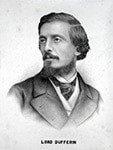
Lord Lansdowne(1888-1894)
He served as 9th Viceroy of India. 
The important events during his tenure include: Indian Council act of 1892 was passed, Categorization of Civil Services into Imperial, Provincial and Minor, Employment of Durand Commission.
Lord Elgin II(1894-1899)
He subserved as 10th Viceroy of India. 
The critical events during his tenure include: Lyall Commission was selected and Great famine of 1896 – 1897.
Lord Curzon(1899-1905)
He was accepted as 11th Viceroy of India.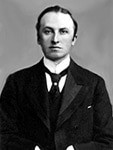
The significant events during his tenure include: Advanced the Indian Universities act (1904), Progressed the Ancient Monuments Protection act (1904), Progressed the Indian Coinage and Paper Currency act (1899) , Partitioned Bengal (October 16, 1905) into two regions Bengal (proper) & East Bengal & Assam. He had a large contribution in the development of railways.
Lord Minto(1905-1910)
He served as 12th Viceroy of India.  The great events during his tenure include: The Indian Council act of 1909, there was a large political debate in India, Extremists like Lala Laipat Rai and Ajit Singh (in May, 1907) and Bal Gangadhar Tilak (in July, 1908) were transferred to Mandalay jail in Burma.
The great events during his tenure include: The Indian Council act of 1909, there was a large political debate in India, Extremists like Lala Laipat Rai and Ajit Singh (in May, 1907) and Bal Gangadhar Tilak (in July, 1908) were transferred to Mandalay jail in Burma.
Lord Hardinge (1910-1916)
He worked as 13th Viceroy of India. 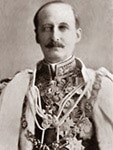 The important events during his tenure include: Partition of Bengal was abolished (1911), capital shifted from Calcutta to Delhi (1911), Gandhiji came back to India from South Africa (1915), Annie Besant declared the Home Rule Movement.
The important events during his tenure include: Partition of Bengal was abolished (1911), capital shifted from Calcutta to Delhi (1911), Gandhiji came back to India from South Africa (1915), Annie Besant declared the Home Rule Movement.
Lord Chelmsford (1916-1921)
He served as 14th Viceroy of India.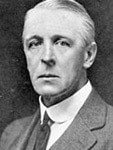 The major events during his tenure include: The government of India act in 1919 was transferred, Rowlatt act of 1919; Jallianwala Bagh Massacre (April 13, 1919), Non-Cooperation Movement, A Women’s university was established at Poona in 1916. Saddler Commission was elected in 1917 to envisage new educational policy.
The major events during his tenure include: The government of India act in 1919 was transferred, Rowlatt act of 1919; Jallianwala Bagh Massacre (April 13, 1919), Non-Cooperation Movement, A Women’s university was established at Poona in 1916. Saddler Commission was elected in 1917 to envisage new educational policy.
Lord Reading (1921-1926)
He worked as 15th Viceroy of India.
 The important events during his tenure include: He Defeated non – cooperation action, Moplah rebellion (1921) took place inKerala.,Ahmedabad session of 1921, Formation of Swaraj Party, Rowlatt act was reciprocated along with the Press act of 1910.
The important events during his tenure include: He Defeated non – cooperation action, Moplah rebellion (1921) took place inKerala.,Ahmedabad session of 1921, Formation of Swaraj Party, Rowlatt act was reciprocated along with the Press act of 1910.
Lord Irwin (1926-1931)
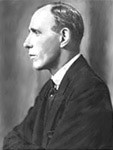
He worked as 16th Viceroy of India.The major.